Most of us will be familiar with various forms of non-verbal communication. Reading people’s body language and facial expressions are key to interpreting a person’s mood, helping us to know how to interact with them. Touch is another form of non-verbal communication that has often been overlooked. Maybe it’s because more typically reserved societies like ours are what psychologist Matthew Hertenstein calls “touch-phobic,” but the power of touch has only just started gain significance in recent years.
A study by Hertenstein in 2009 showed how humans have an innate ability to interpret and impart emotions through touch. The study involved participants expressing emotions to blindfolded volunteers via touch alone – around 78% were read accurately. (You can read more about the study in Psychology Today.)
Hertenstein concluded: “If touch is a language, it seems we instinctively know how to use it.”
For me, this is very true. Whether it’s a squeeze of a hand to reassure someone or a gentle touch on the shoulder to express sympathy, we seem to be geared up to convey our emotions pretty effectively through touch.
This year, I’ve undertaken both reiki (levels one and two) training and a 200hr yoga teacher training course. The subject of touch and its powerful effects has cropped up many times on both courses and as a result, I’ve been giving it a lot of thought.
The power of touch in Reiki
Reiki is an ancient Japanese healing technique that works to clear energy blockages to facilitate emotional, mental, physical and spiritual healing. It’s a hands-on treatment, where the practitioner places their hands on the various chakra points of the body. Just the act of someone placing their hands on you in a supportive and reassuring way can have amazing effects.
Not long after I qualified, I gave a reiki treatment to a friend who was going through a difficult time. She said that she hadn’t realised how stressed she had been until my touch drew her attention to the parts of her body where she was carrying tension (in her case it was mostly in her shoulders and stomach).
On the other side of the treatment, you can pick up on things that are going on with your client just through touch. The first time I experienced this was during my training. I remember giving a practice treatment to another student I didn’t know very well. As soon as I placed my hands on her head, I could feel buzzing and a sense of unease. She didn’t want to go into detail but did say that she had a lot on her mind and was finding it difficult to relax.
I know as a client, I find receiving a reiki treatment to be one of the most soothing experiences. A practitioner’s hands never lose contact with you throughout the treatment, which creates a real sense of safety and security, allowing you to completely relax. It’s not surprising that reiki is often used in hospices as part of end-of-life care. It can really help to calm patients and reduce pain and discomfort.
The power of touch in Yoga
While touch might not be the first thing we associate with yoga, it turns out that as a teacher, it’s pretty important! We’re encouraged to respectfully make contact with our students. Whether that’s through gentle adjustments to help them better experience a pose, or simply a light touch on the shoulder to make that individual connection. It always gives me a little boost to get that brief moment of my teacher’s attention in class.
Recently, I’ve been thinking a lot about how reiki and yoga can be combined to help us deepen our connection to ourselves. The result I’ve come up with has touch at its core. After all, the power of touch doesn’t just apply when it comes from someone else. From pressing our temples to soothe a headache to rubbing our shoulders when we feel tense, we soothe ourselves through touch without even having to think about it.
A couple of weeks ago, I had to lead a workshop as part of my yoga training. I saw this as a great opportunity to try out my yoga/ reiki blend! I decided to share a guided meditation that incorporates the hand placements of reiki. My aim was to draw all of the senses inward and connect to any emotions or points of tension.
I chose to focus on three chakras that, for me, are key to helping us tune into ourselves. I opted for the solar plexus (as this is where we store our emotions and tensions), the heart chakra (this is all about our relationships, but more importantly, how we relate to ourselves) and the crown chakra (our sense of being part of something bigger, letting go of ego and subsequently any anxieties that are holding us back).
There are a lot of guided meditations used in yoga classes. Many focus on visualisation and sound. I’ve not yet been led through one myself that incorporates touch. I wasn’t sure what the results would be but I was surprised to see the emotional release that some of my fellow trainees experienced. There were more than a few tears at the end – now I understand why my reiki teacher always insists on keeping a box of tissues handy for after a treatment! The group all seemed to agree that adding in the element of touch deepened the meditation and helped them to relax further into the experience.
I’ve been really encouraged by the results of my workshop and I definitely want to continue exploring the relationship between reiki, yoga and touch. I’d love to be able to lead all of you through the meditation too but that’d be tricky! Instead, below is an outline of the meditation so you can give it a try yourself. I try to practice it at least once a week and find it especially useful when I’m feeling anxious or stressed.
Let’s meditate!
Start by lying down on your back in a comfortable position with your hands by your sides. Take your attention to your breathing and focus on directing each breath right down into your belly. Making the exhale longer than the inhale helps to slow your heart rate and help you relax. Relinquish any expectations you have to the outcome of the meditation and just allow yourself to be in the moment.
When your breath is steady and calm, take your hands to your solar plexus (the space just below your ribcage). Focus your attention on the contact between your hands and solar plexus (and any sensations you might feel – heat, cold etc.) Imagine a bright yellow light filling this space with healing energy. For a few minutes, imagine you are breathing in nothing but positivity and letting go of any negative emotions with every outbreath.
Let your hands find their way to your heart chakra, in the centre of your chest. (Place your dominant hand down first and rest the other on top.) Notice the connection between your hands and heart. Gradually fade that yellow light into a vibrant green. Visualise that green light filling your heart chakra with love and compassion.
Take a moment here to think about how you feel towards yourself in this moment. Replace any negative thoughts with forgiveness and understanding – be kind to yourself.
Let that feeling of understanding and self-compassion flow through your body with every breath.
After several minutes, allow your hands to settle on your crown chakra. (Interlace your fingers and lay your hands on top of your head.) Feel the soothing sensation coming from the heat of your palms. Let that green light become a vivid shade of violet. Picture that violet light entering your body through your crown chakra and flowing right down to the tips of your toes.
Just breathe deeply here, allowing yourself to feel calm and uplifted by this violet energy.
When you feel ready, bring your hands back down to your sides and take a few deep breaths, allowing yourself to become aware of the room around you. Finish the meditation by rolling onto your right hand side and slowing coming back to a seated position in your own time.
I chose to finish my workshop with a recital of three of the reiki principles, so I’ll leave you with these:
Just for today, I will not anger.
Just for today, I will not worry.
Just for today, I will show compassion for all living beings.
Namaste.

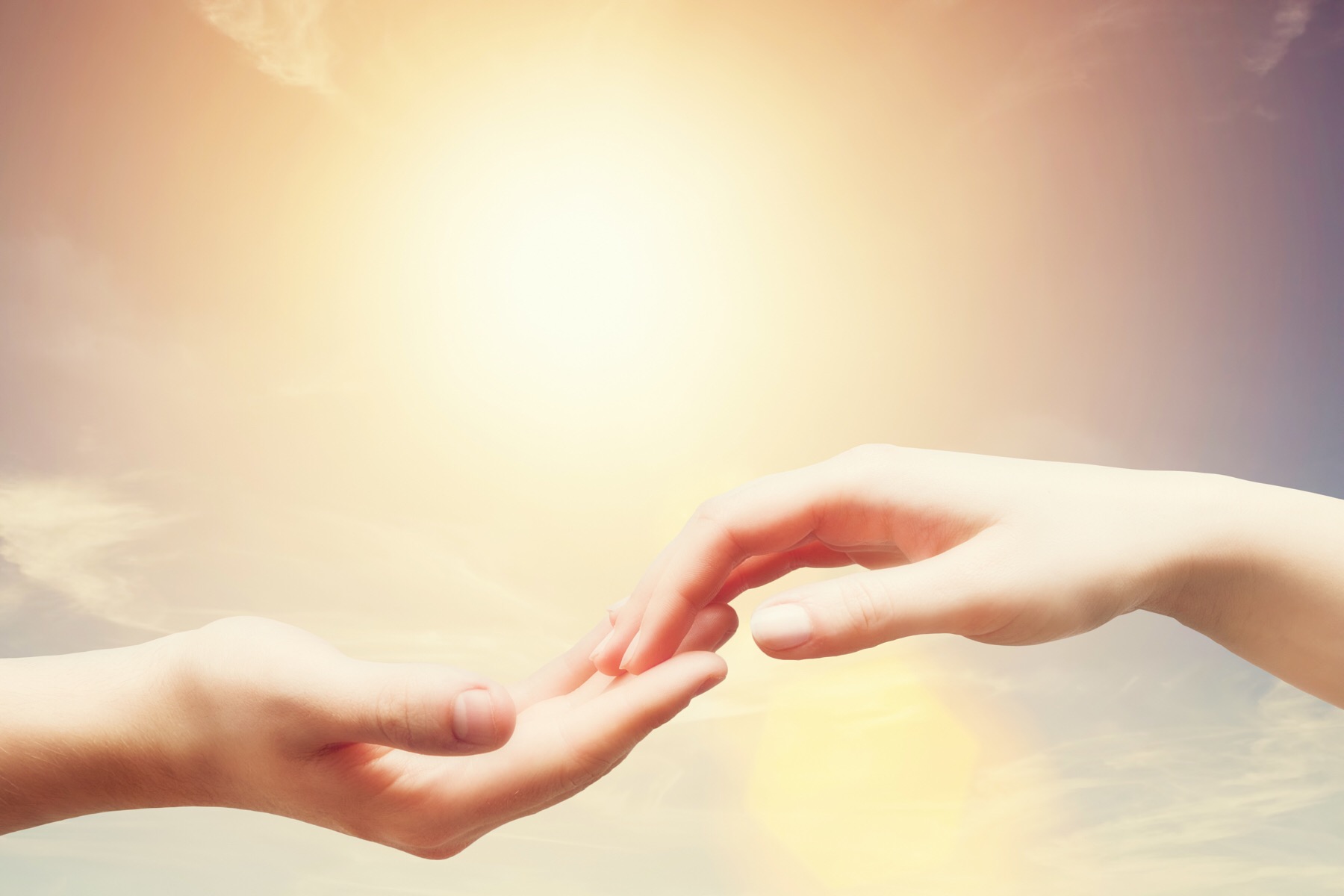

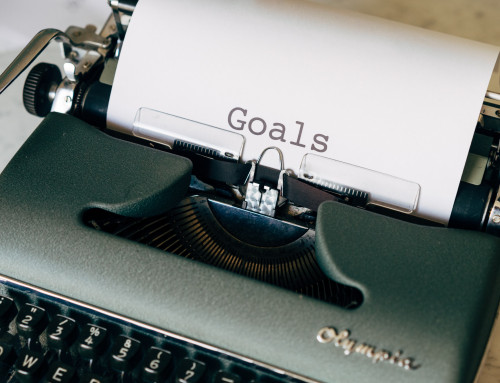
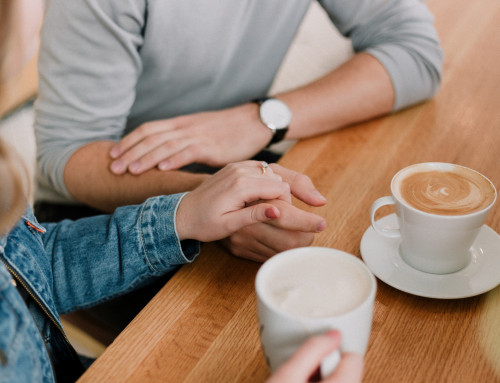
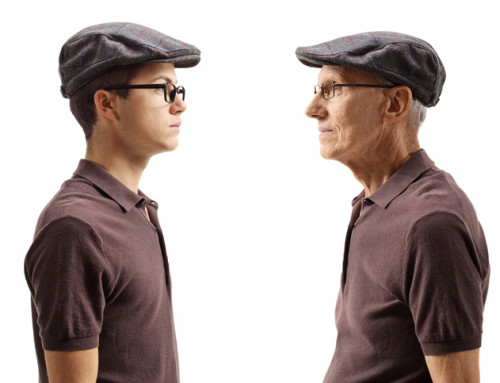
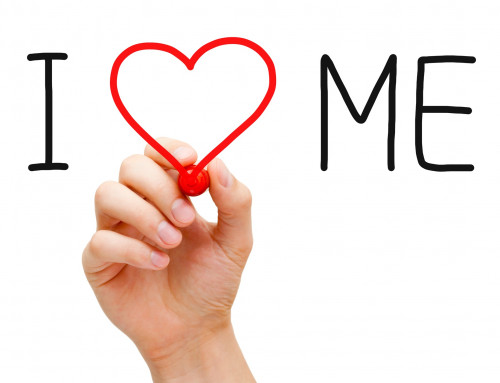
Leave A Comment